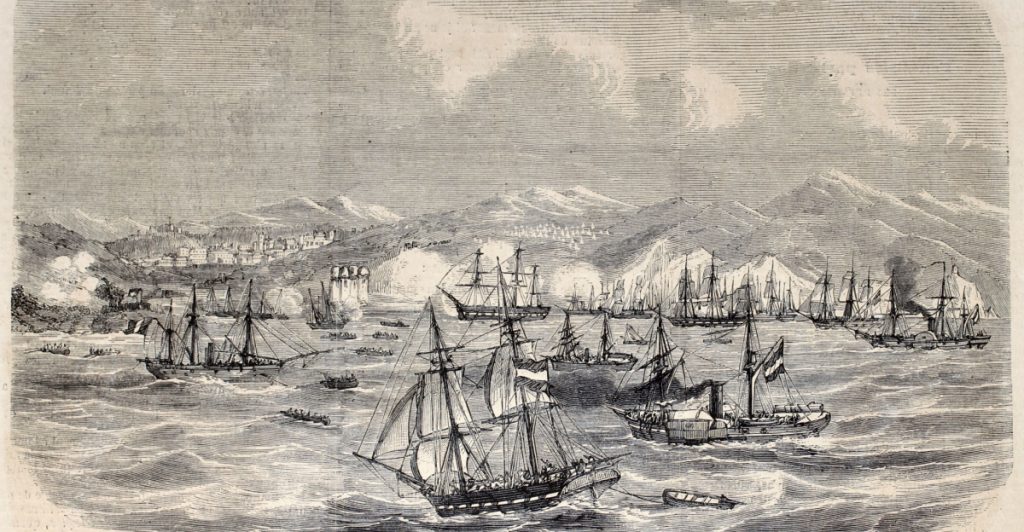In 1817, Spain paid a fortune for Russian warships that turned out to be nearly worthless. Two centuries later, only corroded cannons remain—silent witnesses to a royal blunder of epic proportions.
Others are reading now
In the wake of its crushing naval loss at Trafalgar, Spain was desperate to rebuild its fleet.
King Ferdinand VII, eager to reassert control over Spain’s crumbling American empire, turned to Tsar Alexander I of Russia for help.
What followed became one of the most infamous arms deals in European history.
The “Black Ships” and a Rotten Bargain
As reported by Digi24, Spain agreed in 1817 to buy eight Russian ships for 68 million reales.
Also read
The deal was hastily arranged at a time when Spain lacked both ships and time to construct new ones.
The vessels, under the command of Rear Admiral Anton von Moller, departed from Tallinn in October 1817 and arrived in Cádiz four months later after multiple emergency repairs during their journey.
Once inspected in port, the Spanish realized the fleet was in catastrophic condition. Built from pine suited for Baltic waters, the ships were falling apart in warmer seas.
Their hulls were cracked, the wood was infested, and water leaked through visible gaps.
The vessels became known as the “Black Ships,” not only for their tar-coated exteriors but also for the gloomy fate they symbolized.
Tsar Alexander I admitted the ships were defective and sent three more frigates.
But misfortune followed: Reina Isabel was captured by Chilean independence fighters, Viva sank in Havana, and Alejandro I was forced to turn back to Spain mid-Atlantic after taking on water.
Cannons as Museum Relics — and Evidence
Altogether, Russia delivered 630 cannons with the fleet. Most were never used in combat.
Some were mounted on Spanish ships like Guerrero and Heroe; others were embedded into building foundations or repurposed as bollards in ports.
Eighteen remain on display today in cities like Vigo, Ferrol, Cadiz, and Cartagena, all still marked with the double-headed eagle of the Russian Empire.
Historian Diego Quevedo Carmona described the episode as a perfect storm of urgency, deception, and corruption.
The purchase was made without input from Spain’s naval or treasury officials. Some funds vanished before reaching Russia, likely misappropriated by courtiers close to Ferdinand.
Russia received only part of the agreed payment and spent the next decade trying, unsuccessfully, to recover the rest.
By 1823, most of the ships were dismantled. Spain’s desperation had collided with diplomatic opportunism, leaving a trail of lost treasure, military failure, and rusting iron reminders scattered along its coasts.
What remains today is less a monument to power than a sobering lesson in the cost of haste, secrecy, and royal overreach.


